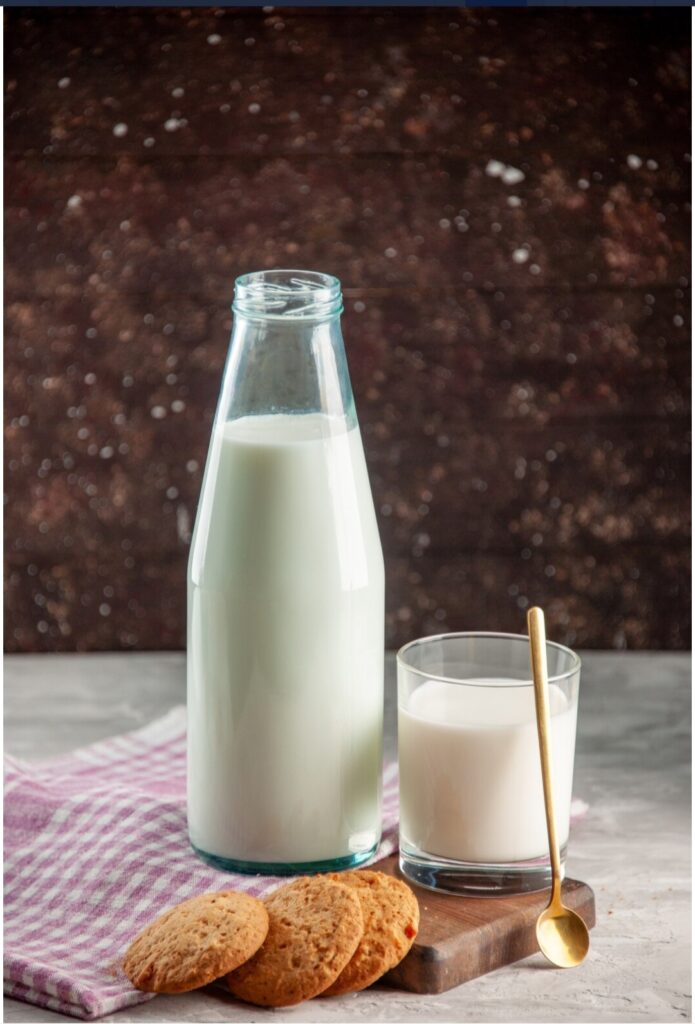Making butter from milk is a time-honored culinary skill that provides a peek into ancient food preparation techniques in addition to producing a beautifully creamy spread. We’ll go over every stage of turning milk into butter in this in-depth guide, from choosing the best ingredients to perfecting the churning technique. So take off your apron and join me as we explore the delicious world of handmade butter!
1. Recognizing the Fundamentals:
It’s important to understand the foundations of butter manufacturing before we begin. In essence, butter is formed from milk’s fat content. The cream in milk rises to the top on its own accord when let to stand. After that, the cream is churned to extract the fat and buttermilk, yielding butter.
2. Locating High-Grade Ingredients:
The quality of the components is what makes a butter remarkable. Choose fresh milk with a high fat content, ideally from cows who are given grass. Better milk will result in butter that is more flavorful and rich.

3. Extracting Milk from Cream:
First, let the milk stand in the fridge for a few hours or overnight without being touched. The cream will be able to rise to the top as a result. With a spoon or separator, carefully skim off the cream being careful not to contain any milk. It is easy process.
4. Getting Ready for the Churn:
When you have enough cream in your collection, get ready to churn. For optimal churning, let the cream reach room temperature. At this point, you can also add a small teaspoon of salt to improve the butter.
5. Cream Churning:
In the past, a churn barrel or a hand crank churn were used to churn butter. On the other hand, modern home cooks can churn using a basic jar, food processor, or even a stand mixer. When the cream thickens, gradually increase the speed at which you begin churning.
6. Taking Note of the Change:
You’ll see the cream going through several phases as you churn it more. It will thicken into whipped cream at first, then reach a soft peak stage, and at last the fat will separate into butter granules by separating from the buttermilk.
7: Cleaning the Butter:
When the butter particles start to form, it’s important to remove any leftover buttermilk. To get rid of any extra buttermilk, carefully knead the butter in a dish of icy water after transferring it there. Until the water flows clear, keep doing this.

8.Forming and Preserving:
Once the butter has been cleaned, form it into a roll or block and firmly wrap it in plastic wrap or parchment paper. Homemade butter can be frozen for extended storage or kept for several weeks in the refrigerator when stored properly.
9. Trying Out Different Flavors:
Experimenting with different flavors is one of the delights of creating your own butter. Think about adding spices, herbs, or even honey to put a special spin on plain butter.it is tasty.
10. Savoring Your Labor’s Fruits:
Lastly, take a seat, unwind, and enjoy the pleasure of tasting freshly churned butter that you can spread over warm bread or use in your favorite dishes. Not only can homemade butter improve the flavor of food, but it also gives your recipes a hint of handcrafted charm.
In conclusion,
even though producing butter from milk might appear like a labor-intensive procedure, the benefits are substantial. A very satisfying culinary experience may be had from handmade butter, from its rich flavor to the sense of accomplishment it brings. Thus, why not gather your supplies and start making butter right now? Your palate will appreciate it!
